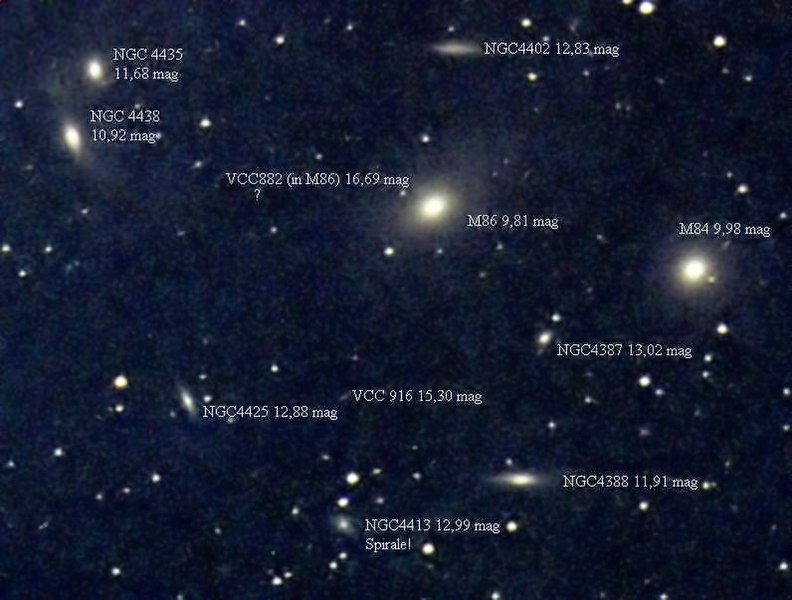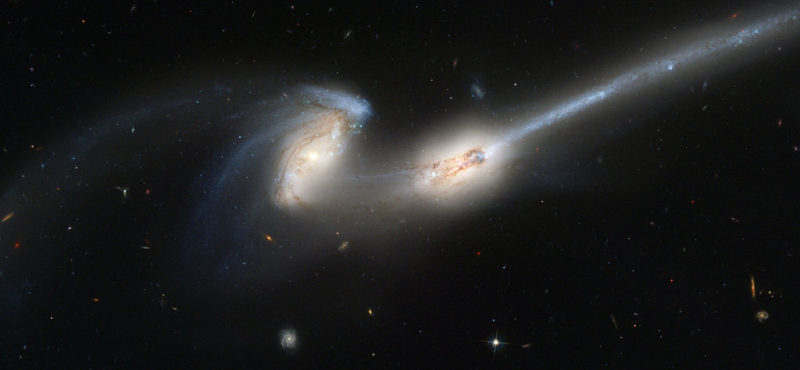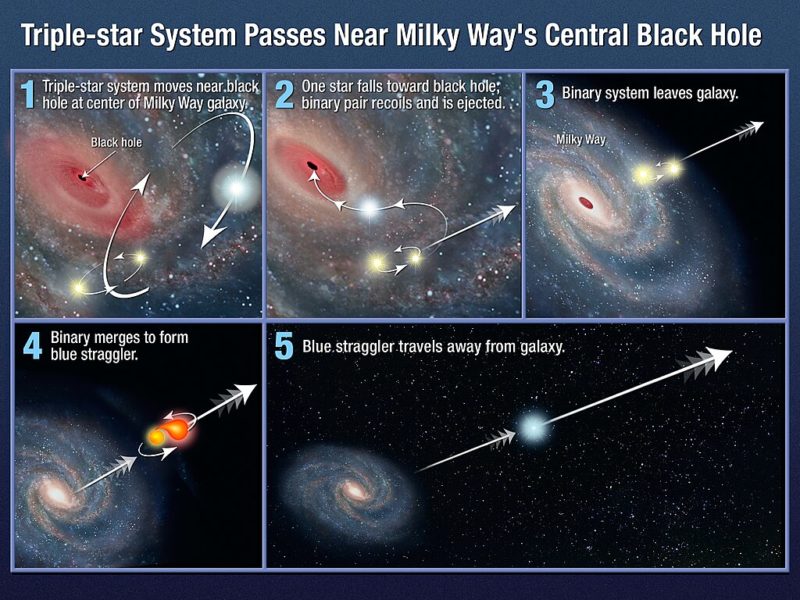What Are Intergalactic Stars?

Unveiling the mysteries of intergalactic stars is a fascinating topic that astounds both amateur and professional astronomers alike. From the mysterious behavior of black holes to the magnetic fields of pulsars, the cosmos is full of cosmic wonders that continue to captivate us. In this article, we will explore our current knowledge about intergalactic stars and their role in shaping our universe.
What Are Intergalactic Stars?
Intergalactic stars are one of the most fascinating and enigmatic phenomena in the universe. These stars exist outside of galaxies, in the vast and seemingly empty expanse of intergalactic space.
Until recently, astronomers believed that intergalactic space was devoid of any significant matter, let alone stars. However, with the advancement of technology and the development of new observation techniques, researchers have discovered that intergalactic space is home to a myriad of stars, ranging from massive blue stars to small red dwarfs. The first intergalactic stars were discovered in 1997 by the Hubble Space Telescope in the Virgo cluster of galaxies.
The Origins of Intergalactic Stars
These rogue stars not gravitationally bound to any galaxy are thought to have formed within galaxies and then ejected. There are two main theories of how these stars got ejected. The two theories are not mutually exclusive, so it is likely that they are both true.
The most common hypothesis is that collisions between two or more galaxies can hurl some stars into the vast empty areas of intergalactic space.

Another theory is that intergalactic stars were ejected from their galaxy of origin after a close encounter with a supermassive black hole. In such a case, the intergalactic star was most likely part of a multiple star system in which the other stars were dragged into the supermassive black hole and the soon-to-be intergalactic star was accelerated and expelled at extremely high speeds. Such an event could accelerate a star to such high speeds that it becomes a hypervelocity star, escaping the gravitational well of the galaxy. According to model projections, the supermassive black hole at the heart of our galaxy ejects one star every 100,000 years on average.

A Closer Look at the Properties of Intergalactic Stars
These stars exist outside of galaxies and are believed to have been expelled from their home galaxies due to gravitational interactions. However, what makes these rogue stars so unique?
One characteristic that sets them apart from their galactic counterparts is their chemical composition. These stars have lower metallicity levels, which means they contain fewer elements heavier than hydrogen and helium. This is because they formed earlier in the universe’s history, before heavy elements were abundant.
Another fascinating property of intergalactic stars is their motion. These stars move at incredible speeds, reaching velocities of up to 1,000 km/s.
How Many Intergalactic Stars Are There?
It is theorized that as many as half of all the stars in the universe lie outside galaxies. This theory is based on the discovery of a faint cosmic glow, unseen until recently, that may come from intergalactic stars. The discovery was made in 2014 by a team led by astrophysicist Michael Zemcov, of the California Institute of Technology (Caltech) in Pasadena. The Cosmic Infrared Background Experiment (CIBER) was used for the findings.
Conclusion
In short, the study of intergalactic stars has provided a fascinating window into the cosmic wonders of our universe. These mysterious stars, found in the depths of space between galaxies, possess unique properties that challenge our understanding of stellar formation and evolution. Through the use of advanced telescopes and observation techniques, astronomers have been able to gather valuable data on these rogue stars, shedding light on their physical characteristics and behavior. However, despite our growing knowledge of these celestial objects, many mysteries still surround their origins and behavior. As we continue to explore the depths of space, the study of these stars will undoubtedly lead to new discoveries and insights into the complex workings of our universe.
Would you like to receive similar articles by email?





